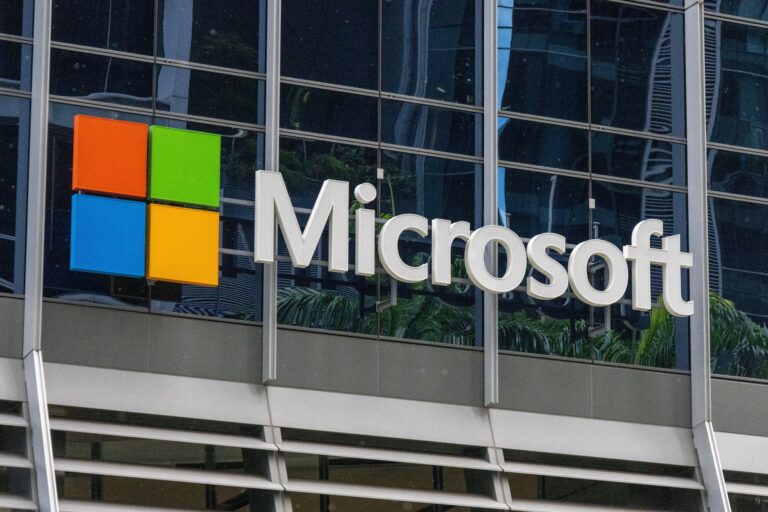Millions of computer users face a critical deadline. Microsoft will officially end support for Windows 10 on Tuesday, 14 October. After that date, PCs will stop receiving essential security updates, leaving them vulnerable to hackers and malware. Without these updates, older systems will become easy targets. Microsoft urges users to upgrade to Windows 11 for free, though many devices cannot meet the new system’s hardware requirements. Nathan Proctor, senior director at US consumer group PIRG, warns that ending support could affect both consumers and the environment.
Millions continue to rely on Windows 10
Windows remains the world’s most widely used operating system. Microsoft reports it powers over 1.4 billion devices globally. Statcounter data shows that about 43% of these devices still ran Windows 10 in July 2025. In the UK, consumer organisation Which? estimates 21 million people continue to use Windows 10. A survey revealed that roughly a quarter of users plan to keep using it even after support ends, while about one in seven intend to buy a new computer.
Consumer groups have criticised Microsoft’s decision, calling it costly and wasteful. “People are frustrated with devices that break or lose support too quickly,” said Proctor. “We deserve technology that lasts,” he added.
How users can protect their computers
Microsoft provides two main options for personal users. They can upgrade to Windows 11 or sign up for extended security updates (ESU) for an additional year. Both options are available in the “Privacy and Security” section of system settings. Users with compatible devices can upgrade for free. However, many will need to purchase new hardware, even if their current PCs still function well.
For those unable or unwilling to upgrade, Microsoft offers ESU, which delivers essential security patches until October 2026. ESU does not include technical support or new features. Users in the European Economic Area can register for free. Others can qualify by installing the latest Windows 10 version, having a Microsoft account, and backing up their device settings.
If these requirements are not met, users must pay $30 (£22) or use 1,000 Microsoft Rewards points to access ESU. Businesses using Windows 10 will pay $61 per device, depending on location.
What changes after support ends
Since its 2015 launch, Windows 10 has received constant updates to improve security, fix bugs, and add features. Microsoft now encourages users to move to Windows 11, but the new system has stricter hardware requirements. It also requires a Microsoft account for full functionality. Even extending Windows 10 through ESU requires one. Some users have raised privacy concerns about this requirement.
The risks of staying on Windows 10
After support ends, Windows 10 devices will no longer receive critical security updates. This will make them more vulnerable to malware, ransomware, and other cyber threats. Without updates, defences will weaken over time.
Recent cyberattacks have targeted major retailers, car manufacturers, and childcare providers. Microsoft’s Chief Marketing Officer, Yusuf Mehdi, warns that companies using unsupported software could face compliance and security issues. Developers may also stop supporting Windows 10, causing apps to lose features or compatibility.
For millions of users, the choice is urgent. Upgrading ensures continued protection and functionality, while staying on Windows 10 increases risk every day.


